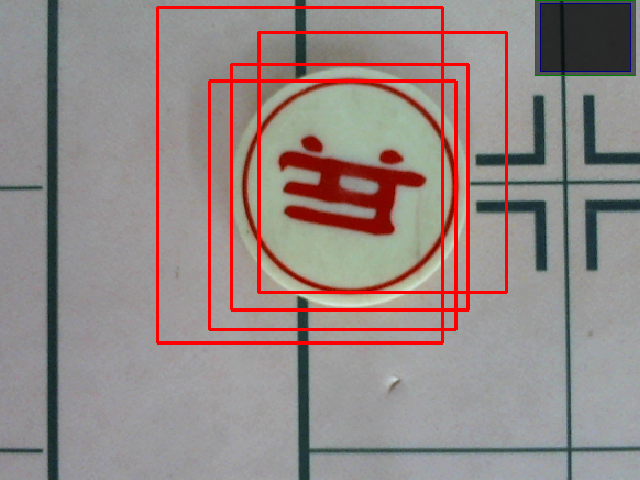本文图像内容均来自这里,如果您对cv和dl感兴趣,请查看此连接获取详细介绍。
import numpy as np
import cv2
def non_max_suppression_slow(boxes,overlapThresh):
if len(boxes) == 0:
return []
pick = []
# 对所有的框分别提取他们的左上角坐标和右下角坐标
x1 = boxes[:,0]
y1 = boxes[:,1]
x2 = boxes[:,2]
y2 = boxes[:,3]
# 计算所有框的面积
area = (x2-x1+1)*(y2-y1+1)
# 按照右下角坐标排序获取排序后的索引
idxs = np.argsort(y2)
# 训练条件是框的数量大于0
while len(idxs) > 0:
last = len(idxs) - 1
i = idxs[last]
pick.append(i)
suppress = [last]
# 循换对每个框计算面积,计算重叠率,如果重叠率大于某一个值则将这个框的索引求出
for pos in range(0,last):
j = idxs[pos]
xx1 = max(x1[i],x1[j])
yy1 = max(y1[i],y1[j])
xx2 = min(x2[i],x2[j])
yy2 = min(y2[i],y2[j])
w = max(0,xx2-xx1+1)
h = max(0,yy2-yy1+1)
overlap = float(w*h)/area[j]
if overlap > overlapThresh:
suppress.append(pos)
# 统计的重叠率大于Thresh的,从idxs中删除
idxs = np.delete(idxs,suppress)
return boxes[pick]
# 下面测试函数功能
images = [
("image_1.png", np.array([
(239, 80, 454, 303),
(219, 95, 443, 321),
(264, 51, 489, 287),
(172, 28, 431, 333)]))]
for (imagePath,boundingBoxes) in images:
print("[{}] initial bounding boxes".format(len(boundingBoxes)))
image = cv2.imread(imagePath)
orig = image.copy()
for (startX,startY,endX,endY) in boundingBoxes:
cv2.rectangle(orig,(startX,startY),(endX,endY),(0,0,255),2)
pick = non_max_suppression_slow(boundingBoxes,0.3)
print("after applying non-maximum,{} bounding boxes".format(len(pick)))
for (startX,startY,endX,endY) in pick:
cv2.rectangle(image,(startX,startY),(endX,endY),(0,255,0),2)
cv2.imshow('Original',orig)
cv2.imshow("After NMS",image)
cv2.waitKey()
NMS处理之后
 NMS处理之前
NMS处理之前
